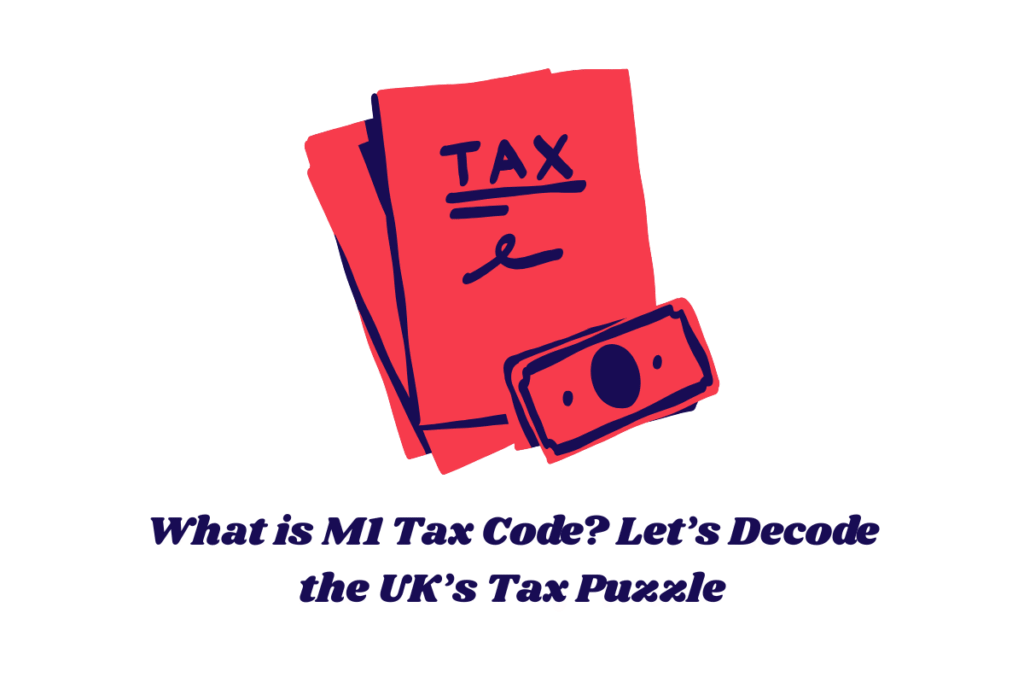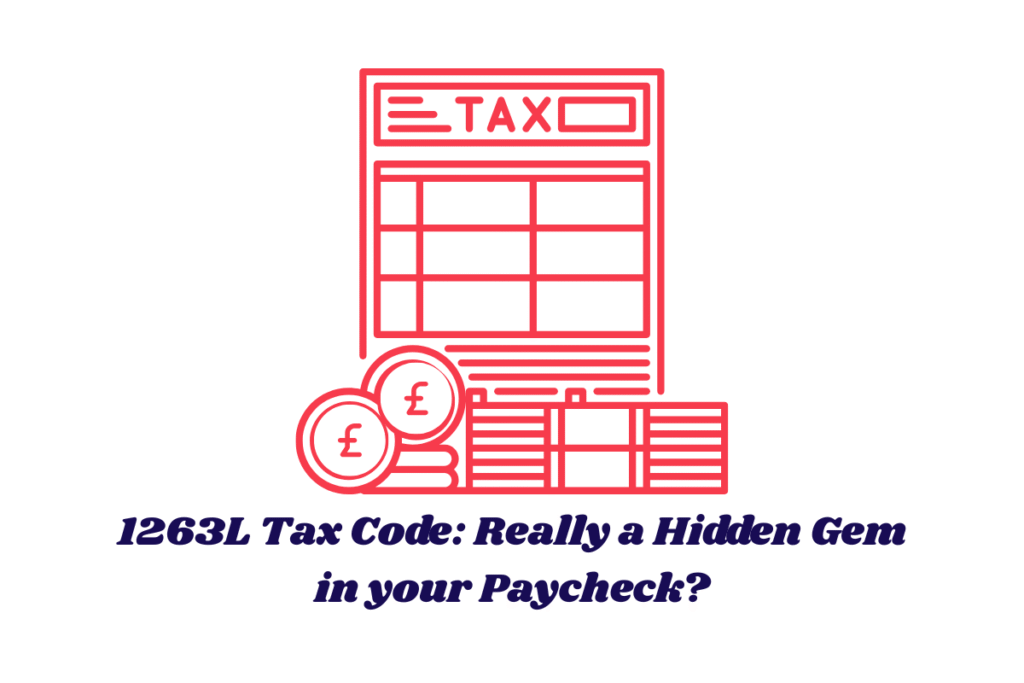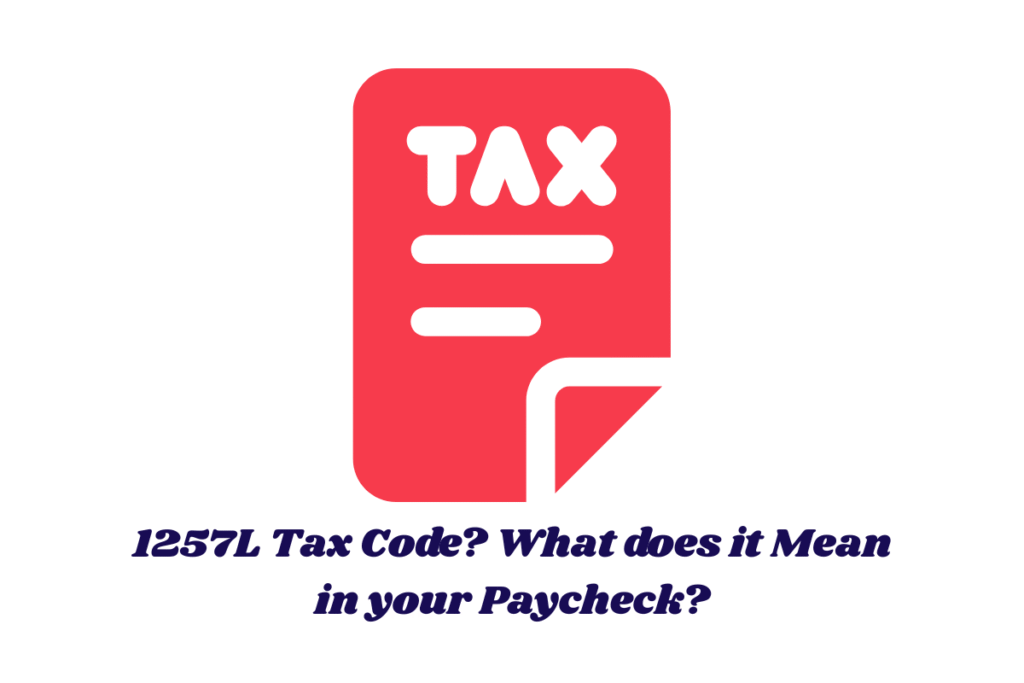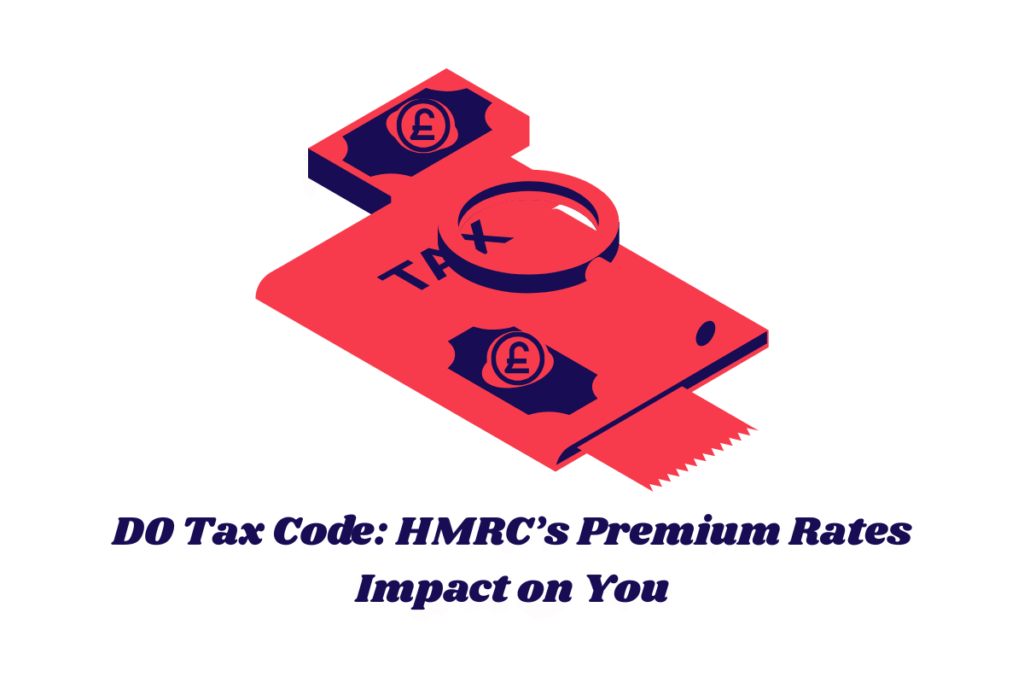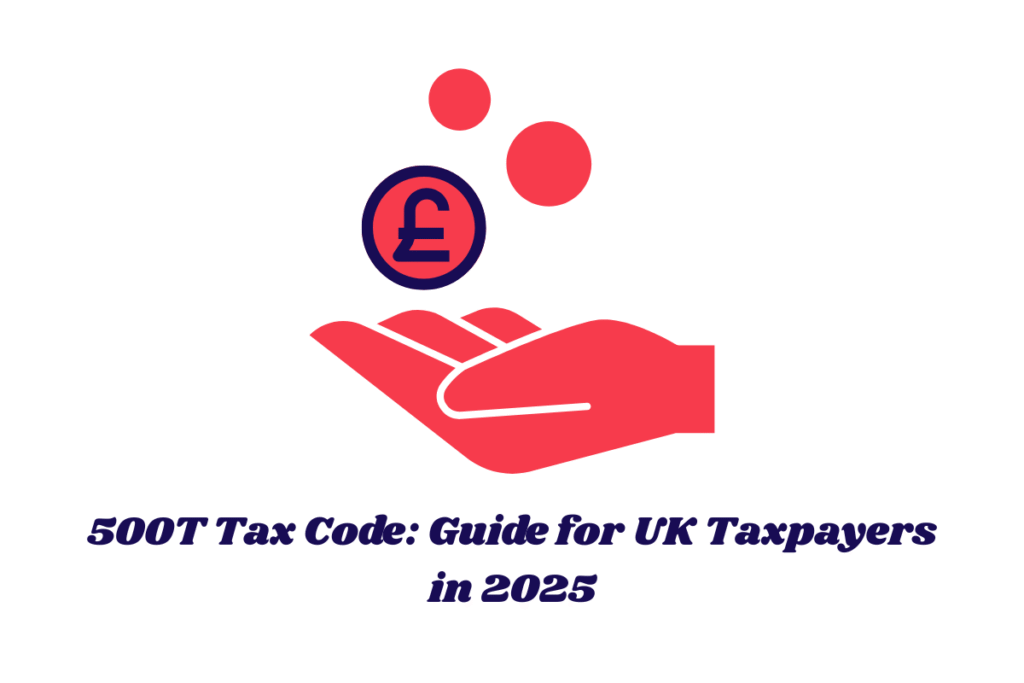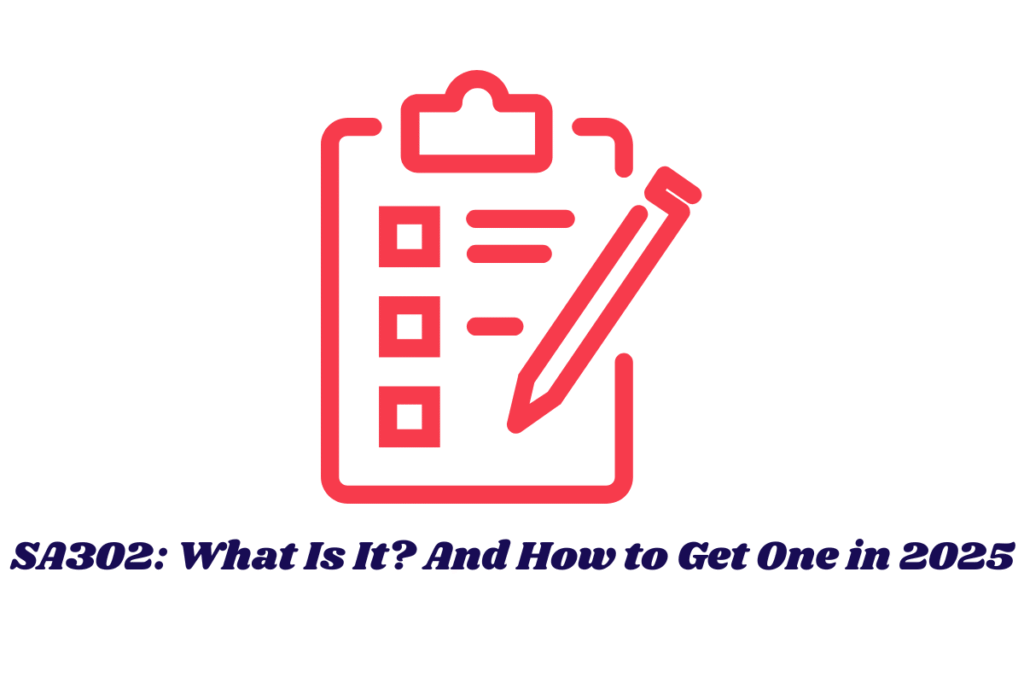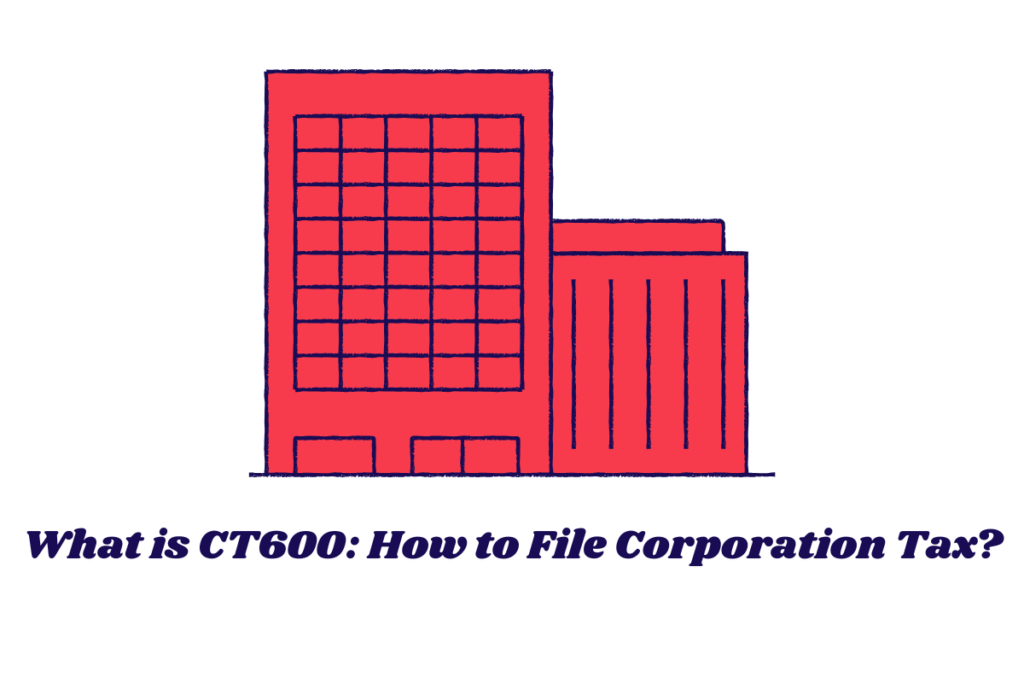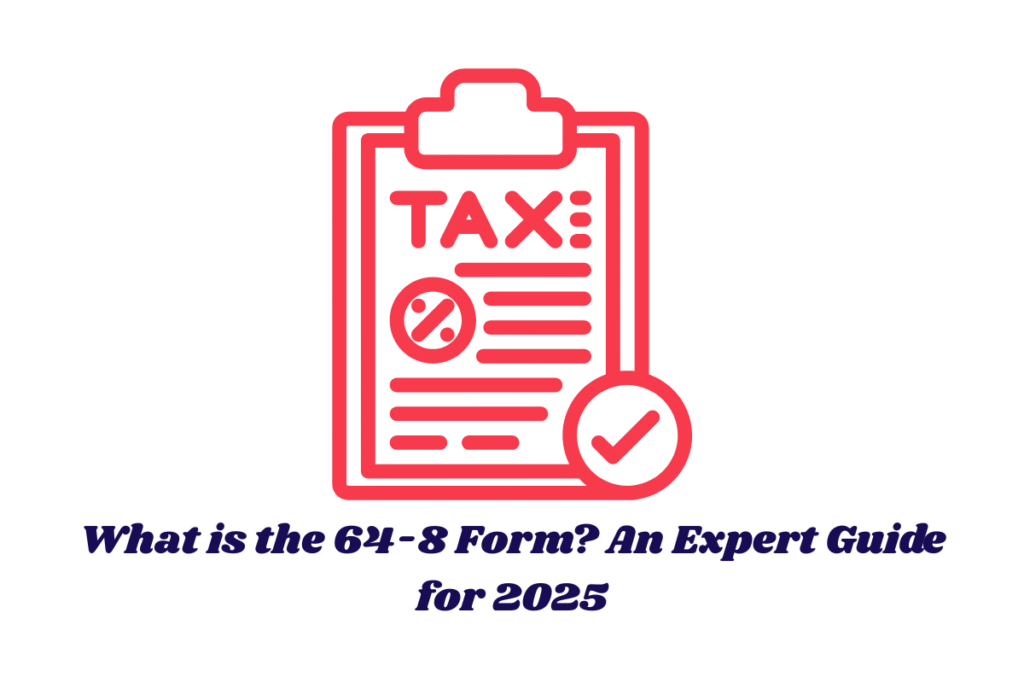If you’ve just started a new job and noticed “M1” on your payslip, you’re likely wondering what this mysterious M1 tax code means. Don’t worry—you’re not alone.
The M1 tax code is a common emergency tax designation used by HM Revenue & Customs (HMRC) in specific scenarios, particularly when there’s a lack of complete tax information.
In this guide, we’ll break down the M1 tax code in the UK, explain how it works in the 2025 tax year, why it’s applied, how it affects your take-home pay, and—most importantly—how to fix it.
Summary
“The M1 tax code is a temporary emergency tax code issued by HMRC when your full income details are not yet available.”
What Is the M1 Tax Code?
The M1 tax code is a type of emergency tax code used by HMRC when a taxpayer’s full financial history isn’t available at the time of employment.
It often appears as 1257 M1 on your payslip, where “1257” represents the standard tax-free Personal Allowance of £12,570 for the 2025/26 tax year.
However, what makes the M1 tax code unique is that it operates on a non-cumulative basis. This means it calculates tax based only on the income you earn during the current pay period (weekly or monthly), completely ignoring any tax you’ve already paid in previous periods or any unused personal allowance.
Summary
“The M1 tax code calculates tax on a non-cumulative basis, meaning it does not consider your past earnings or tax history within the tax year.”
When and Why Is the M1 Tax Code Used?
The M1 tax code is most commonly applied in the following situations:
- You’ve started a new job and did not submit a P45 from your previous employer.
- Your employer hasn’t received enough information to assign a regular tax code.
- You’ve filled out the ‘Starter Checklist’ (previously the P46) and selected Statement B:
“This is now my only job, but since last 6 April I have had another job or received taxable Jobseeker’s Allowance, Employment and Support Allowance or taxable Incapacity Benefit.”
These situations indicate that HMRC is unsure of your total income for the current tax year, prompting them to use the M1 tax code as a temporary measure.
Summary “The M1 tax code is applied when HMRC lacks full income details, especially if you start a new job without a P45.”
You can read more articles on different taxe codes in the UK:
1263L Tax Code: Really a Hidden Gem in your Paycheck
1257L Tax Code: What Does it Mean in Your Paycheck?
D0 Tax Code:HRMC’s Premium Rates Impact on You
500T Tax Code: Guide for UK Tax Payers in 2025
SA302: What is it and How to Get One on 2025?
How Does the M1 Tax Code Affect Your Pay?
Being placed on an M1 tax code could significantly affect your take-home salary. Since the non-cumulative method ignores previous months’ unused Personal Allowance, you might end up paying more tax than necessary—at least temporarily.
Example Scenario (Updated for 2025/26)
Let’s say you’re entitled to the full Personal Allowance of £12,570 annually, which breaks down to £1,047.50/month.
- Cumulative Tax Code: If you start working in October (7 months into the tax year), you should be entitled to £7,332.50 of tax-free income (7 × £1,047.50).
- M1 Tax Code: Instead, you’re only allowed £1,047.50 tax-free for that month, with no consideration of previous unused allowance.
As a result, your PAYE (Pay As You Earn) deduction for that month is based solely on your October earnings, possibly causing you to overpay tax.
Summary
“On the M1 tax code, your monthly tax allowance resets each period, often resulting in temporary overpayments.”
Is the M1 Tax Code Permanent?
No. The M1 tax code is designed to be temporary. HMRC will usually issue your correct, cumulative tax code once your employment information is updated. This may occur automatically within a few weeks or months.
However, it is not guaranteed. If you’ve been on the M1 tax code for more than 2–3 pay cycles, it’s wise to take action and contact HMRC or your employer to resolve it.
Summary
“The M1 tax code is a temporary placeholder until HMRC receives the correct employment details.”
What Should You Do If You’re Still on an M1 Tax Code?
If your payslip still shows an M1 tax code several months after starting your new job, here are the steps you should take:
- Speak to your employer: Ensure they have your P45 or Starter Checklist.
- Contact HMRC directly via their helpline:
- Telephone: 0300 200 3300
- Website: GOV.UK
- Telephone: 0300 200 3300
- Request a tax code review: Explain your situation and provide all relevant details.
- Monitor your payslips: Once corrected, your tax code will update to a cumulative version like 1257L.
- Claim any tax refund: If you’ve overpaid tax, you may be eligible for a rebate, which HMRC usually processes automatically at the end of the tax year.
Summary
“If you remain on the M1 tax code for too long, contact HMRC directly to trigger a tax code review and ensure accuracy.”
Claiming a Refund for Overpaid Tax
If you’ve overpaid tax while under the M1 tax code, HMRC typically corrects this at year-end, usually by June or July. However, if you don’t want to wait, you can initiate the refund process yourself:
- Online via HMRC’s Income Tax service:
- Using an R38 form (for postal claims)
Keep in mind, you will need your payslips, P60, or P45 for accurate information when claiming.
Summary
“If you’ve overpaid tax due to the M1 tax code, you can request a refund online or wait for HMRC to issue one automatically.”
How to Avoid the M1 Tax Code in the Future
To prevent being placed under an M1 tax code, follow these best practices:
- Always submit your P45 from your previous employer when starting a new job.
- If you don’t have a P45, complete the Starter Checklist thoroughly and correctly.
- Inform your new employer if you’ve had another job or received taxable benefits during the same tax year.
- Regularly check your payslip for your tax code and any unusual deductions.
Summary
“Providing a P45 and accurate starter details helps you avoid the emergency M1 tax code altogether.”
HMRC Resources and Further Reading
To ensure full transparency and reliability, here are some official government sources related to the this:
Final Thoughts
While seeing M1 tax code on your payslip may be alarming, it’s not a long-term concern if handled promptly. Think of it as a safety net used by HMRC to prevent tax evasion or large underpayments in uncertain employment situations.
However, prolonged application of this code can lead to temporary overpayment, so it’s crucial to monitor your payslips and act swiftly.
Remember, HMRC processes millions of records every year, and mistakes happen. As long as you’re proactive, informed, and transparent, your tax situation will be corrected—and any owed money returned.
Summary
“The M1 tax code is temporary, correctable, and typically results in a refund if overpaid—no need to panic, just stay proactive.”
Quick Recap: Key Takeaways on the M1 Tax Code
- M1 tax code is an emergency, non-cumulative code used temporarily by HMRC.
- It’s usually applied when starting a new job without a P45 or when incomplete employment data is provided.
- It can lead to overpayment of tax, but HMRC usually corrects it.
- If not resolved automatically, contact HMRC or your employer directly.
- Refunds can be claimed online or by post using the R38 form.
Summary
“Staying informed and acting early ensures the M1 tax code doesn’t cost you more than it should.”
The content provided on TaxCalculatorsUK, including our blog and articles, is for general informational purposes only and does not constitute financial, accounting, or legal advice.
You can also visit HMRC’s official website for more in-depth information about the topic.
